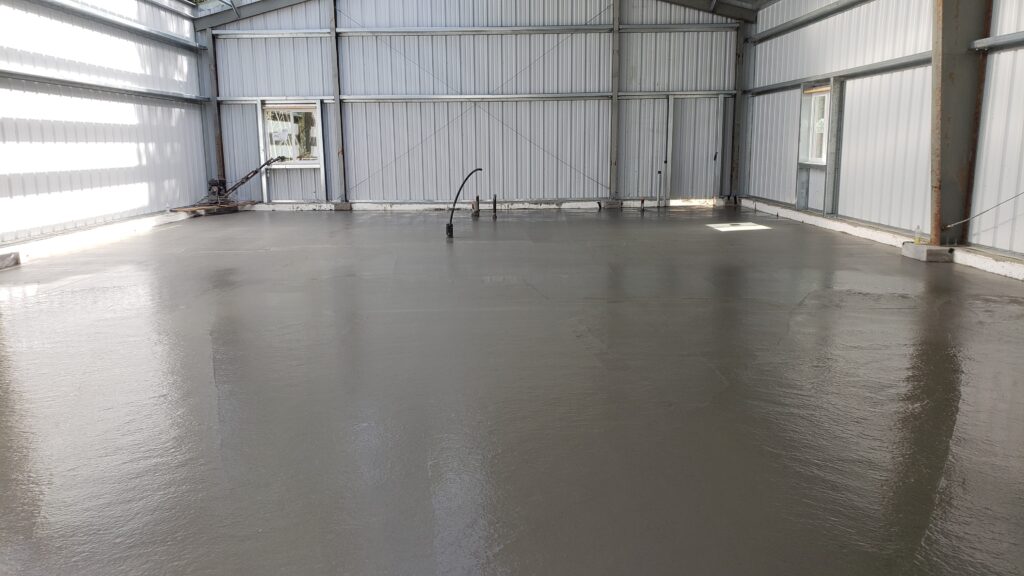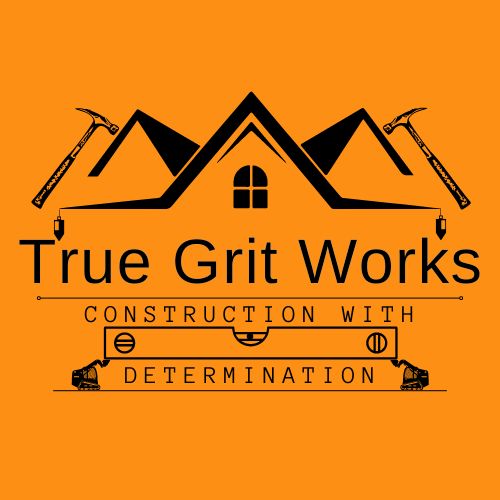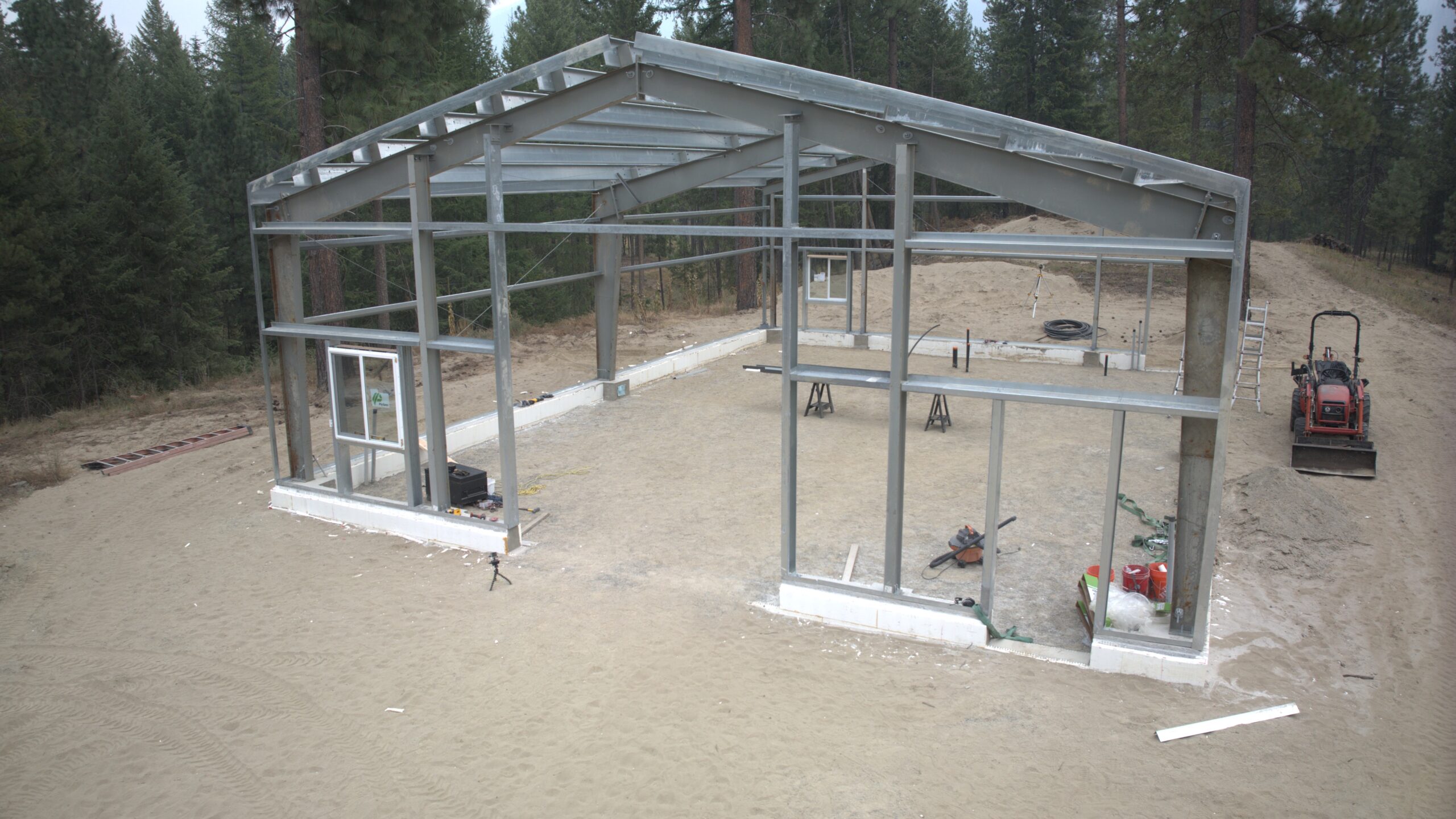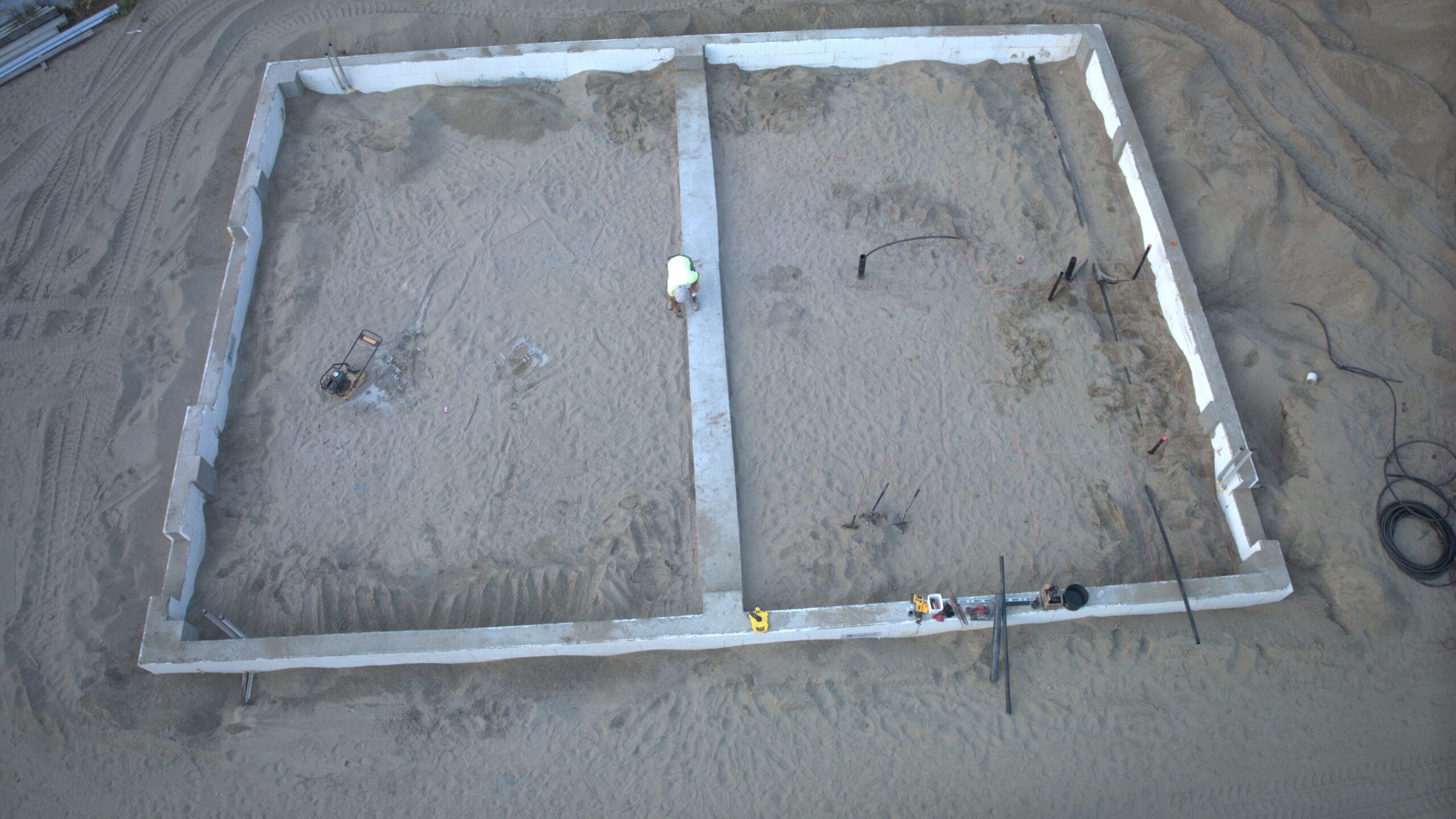True Grit Works specializes in all aspects of concrete work, including foundations, stem walls, footings, slabs, driveways, sidewalks, and decorative concrete. Our skilled craftsmen use high-quality materials and advanced techniques to deliver durable, aesthetically pleasing concrete structures that stand the test of time.
What we can do for you.
- Footings
- Slab-on-Grade Foundation
- Stem Walls
- Floating Slab
- Pier and Beam Foundation
- Grade Beams
- T-Shaped Foundation
- Pile Foundations
- Retaining Walls
- Reinforced Concrete
- Concrete Block (CMU)
- Sidewalks
- Driveways
- Curbs

Decorative concrete is used to enhance the visual appeal of surfaces while maintaining the durability and functionality of traditional concrete. Here are some of the most popular types of decorative concrete:
1. Stamped Concrete
- Description: Concrete is stamped with patterns or textures to mimic the look of natural materials like stone, brick, slate, or wood.
- Uses: Commonly used for patios, driveways, pool decks, and walkways.
- Advantages: Provides the high durability of concrete with the aesthetic of premium materials at a lower cost.
2. Stained Concrete
- Description: Concrete is treated with chemical or acid-based stains that penetrate the surface, creating rich, translucent colors that mimic marble or natural stone.
- Types:
- Acid-Based Stains: React chemically with the concrete to create a variegated, natural look.
- Water-Based Stains: Offer a wider range of colors and more uniform appearance.
- Uses: Often used for interior floors, patios, or commercial spaces where vibrant, natural-looking colors are desired.
3. Polished Concrete
- Description: Concrete is mechanically ground, honed, and polished to a smooth, glossy finish. Dyes and stains can be added for color.
- Uses: Common in commercial spaces, showrooms, and modern homes due to its sleek, reflective appearance.
- Advantages: Highly durable, low-maintenance, and energy-efficient as it reflects light, reducing lighting costs.
4. Exposed Aggregate Concrete
- Description: The top layer of concrete is removed to expose the aggregate (stones, gravel) within the mix, creating a textured, decorative surface.
- Uses: Ideal for driveways, patios, and walkways due to its slip-resistant texture.
- Advantages: Durable and visually appealing, especially when polished or combined with contrasting aggregates.
5. Stamped Overlay
- Description: A thin layer of concrete is applied over an existing surface and then stamped with patterns, similar to traditional stamped concrete.
- Uses: Great for resurfacing old concrete areas without the need for complete removal.
- Advantages: Refreshes existing surfaces with a decorative finish without the cost of full replacement.
6. Concrete Engraving (Etching)
- Description: Patterns, designs, or logos are engraved into the concrete surface using special tools, creating permanent designs.
- Uses: Popular for custom projects, including patios, walkways, and commercial spaces.
- Advantages: Provides a long-lasting, low-maintenance decorative solution.
7. Colored Concrete
- Description: Integral color pigments are mixed into the concrete to provide uniform color throughout the slab, as opposed to surface-only stains.
- Uses: Used in any decorative application where uniform color is desired, such as driveways, patios, and interior floors.
- Advantages: Color is integral to the mix, so it won’t fade, chip, or peel over time.
8. Concrete Dyes
- Description: Unlike stains, dyes penetrate the surface quickly and offer more vibrant color options, such as blues, greens, and reds.
- Uses: Frequently used in interior applications where vibrant, bold color is desired.
- Advantages: Quick application and available in a wide variety of colors, though typically suited for indoor use due to UV sensitivity.
9. Textured Concrete
- Description: Textures are applied to the surface of the concrete using various tools, brushes, or other materials to create a tactile, non-slip surface.
- Uses: Ideal for pool decks, patios, or driveways where a non-slip surface is essential.
- Advantages: Offers both functional and aesthetic benefits, providing safety while improving visual appeal.
10. Concrete Pavers
- Description: Individual precast concrete units are placed to create driveways, walkways, and patios.
- Uses: Used for decorative driveways, garden paths, and patios.
- Advantages: Highly customizable with various shapes, colors, and textures, and easy to repair since individual units can be replaced.
12. Salt Finish Concrete
- Description: Salt crystals are embedded into the surface of wet concrete, then washed away, leaving behind a pitted texture.
- Uses: Popular for pool decks and patios due to its slip-resistant texture.
- Advantages: Inexpensive and adds a subtle decorative effect.
These types of decorative concrete are chosen based on project needs, aesthetics, and functionality, offering a range of textures, colors, and finishes to suit any application.
Contact us to get started.





